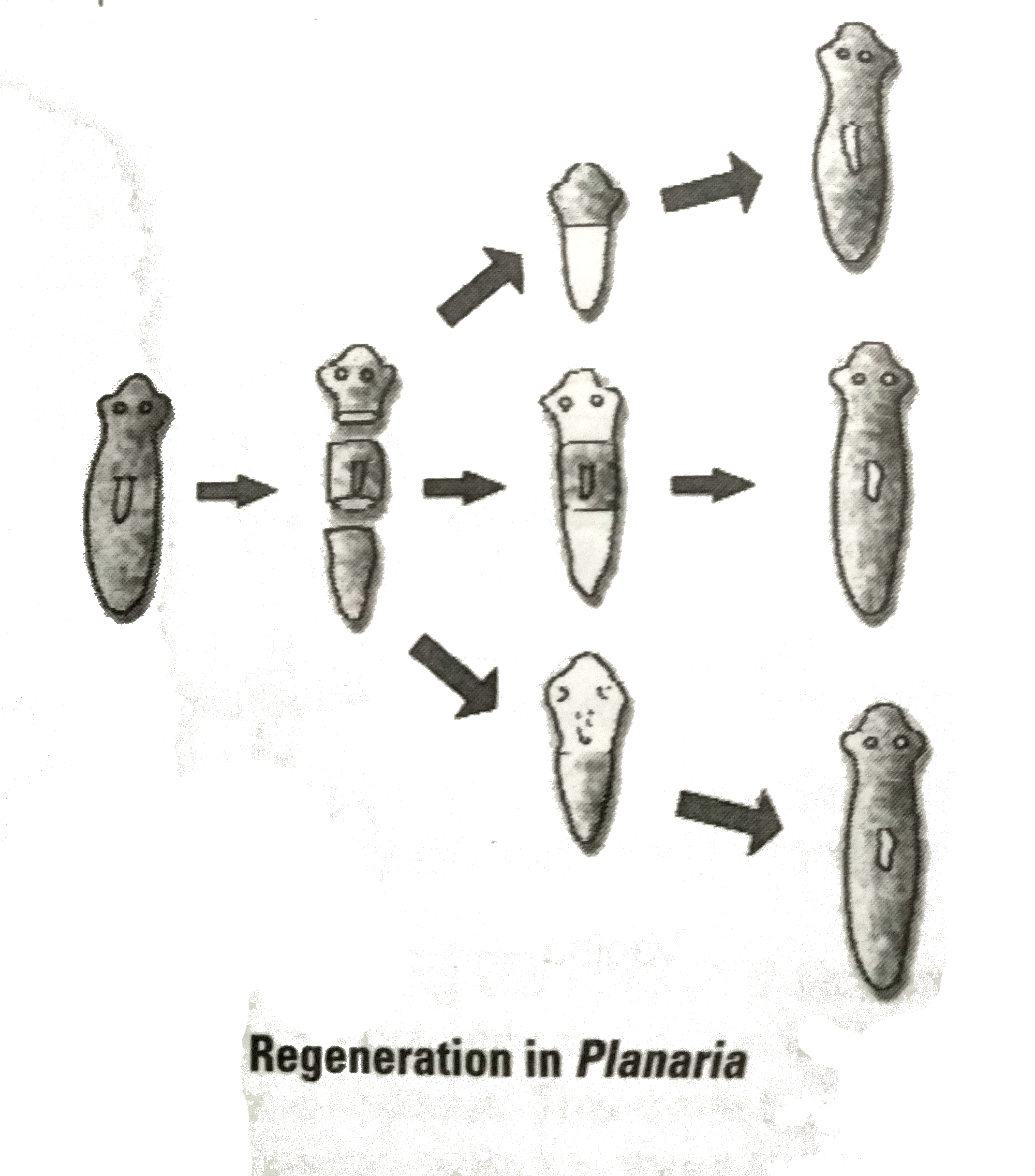Text Solution
Verified by Experts
|
Topper's Solved these Questions
HEREDITY AND EVOLUTION
NCERT EXEMPLAR|Exercise LONG ANSWER TYPE QUESTIONS|11 VideosView PlaylistLIFE PROCESSES
NCERT EXEMPLAR|Exercise Long Answer Type Questions|1 VideosView Playlist
Similar Questions
Explore conceptually related problems
Knowledge Check
A
B
C
D
Submit
A
B
C
D
Submit
Similar Questions
Explore conceptually related problems
NCERT EXEMPLAR-HOW DO ORGANISMS REPRODUCE-How Do Organisms Reproduce
- Is the chromosome number of zygote, embryonal cells and adult of a par...
02:49
|
Play - Where is the zygote located in the flower after fertilisation?
02:28
|
Play - Reproduction is linked to stability of population of a species. Justif...
02:08
|
Play - How are general growth and sexual maturation different from each other...
02:06
|
Play - Trace the path of sperm during ejaculation and mention the gland and t...
02:15
|
Play - What changes are observed in the uterus if fertilisation does not occu...
03:10
|
Play - What changes are observed in the uterus subsequent to implantation of ...
03:10
|
Play - What are the benefits of using mechanical barriers during sexual act?
02:21
|
Play - In the given figure label the parts and mention their functions (a)P...
03:08
|
Play - What would be the ratio of chromosome number between an egg and its zy...
02:14
|
Play - Why are budding, fragmentation and regeneration all considered as asex...
04:37
|
Playing Now - Write two points of difference between asexual and sexual types of rep...
03:44
|
Play - Distinguish between pollination and fertilisation. Mention the site an...
04:04
|
Play - Distinguish between a gamete and zygote. Explain their roles in sexual...
05:25
|
Play - Draw the diagram of a flower and label the four whorls. Write the name...
04:37
|
Play - Role Of Placenta In Pregnancy
11:38
|
Play - What are various ways to avoid pregnancy? Elaborate any one method.
06:00
|
Play - How does fertilisation take place? Fertilisation occurs once in a mont...
03:29
|
Play - How does reproduction help in providing stability to population of spe...
01:24
|
Play - Describe sexually transmitted diseases and mention the ways to prevent...
01:33
|
Play
